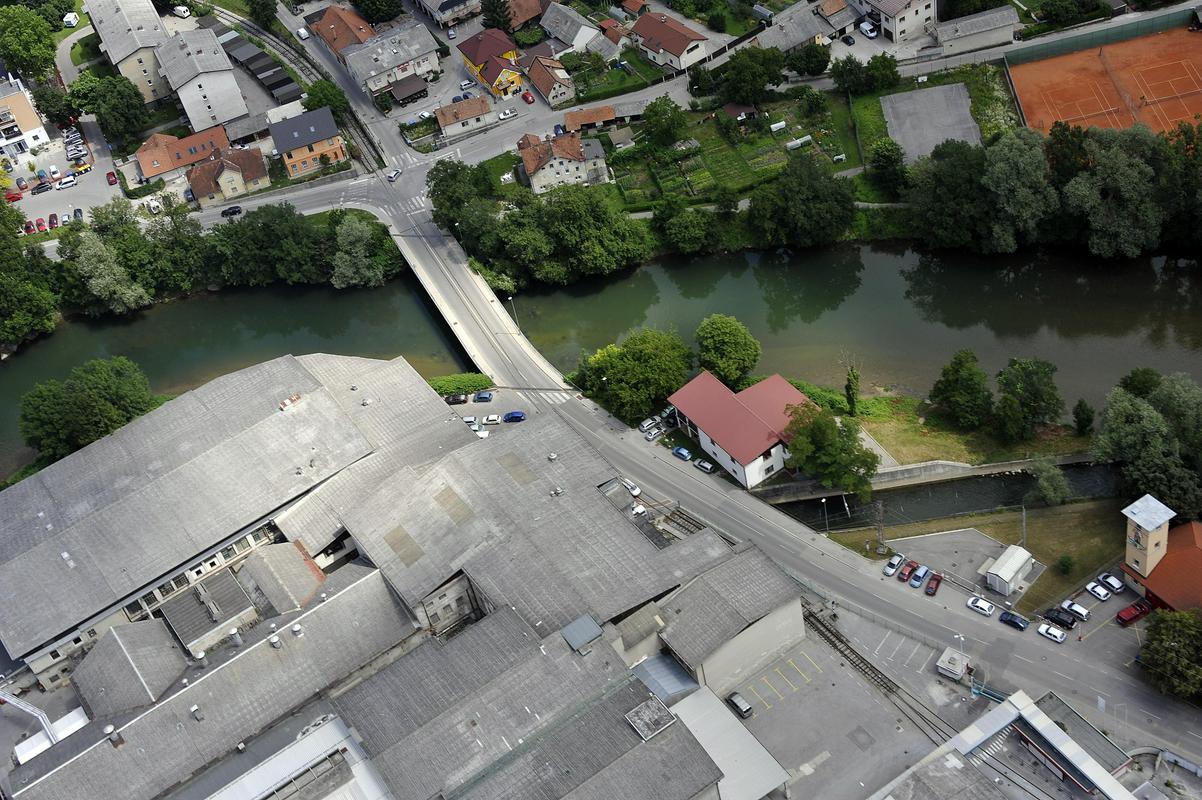
In 1844, Fidelis Terpinc, best known at the time as the owner of the Fužine Castle, opened the first modern paper mill in Slovenia. Small papermaking workshops had been common since the 16th and the 17th centuries, but Terpinc’s factory featured something new: a fully automated paper-making machine. The location of the paper mill was ideal: The proximity of the Ljubljana River provided the facility with the necessary water, and the mill was easily accessible from Terpinc’s castle.
Terpinc was a remarkable industrialist. Unusually for an era when Germans dominated economic life in Slovenia, he was an ethnic Slovene. In the years that followed, he went on to open several factories in the area. Some of them were food processing plants, and his flour quickly became known throughout the Slovenian Lands and beyond. He also left his mark on agriculture by introducing new types of crops, fertilizers, and cattle. More than anyone else at the time, he helped to bring Slovenian agriculture into the modern era. His spirit of adventure was unquenchable, and during the Revolution of 1848, he even commanded a local battalion.
But Terpinc began to suffer from ill health, and in 1870, he sold the paper mill to a company based in the town of Graz. The factory continued to prosper, and at the end of the 19th century, the new owners constructed a hydroelectric plant nearby that made the mill self-sufficient. After World War I, the Vevče facility became the largest paper mill in Yugoslavia, a distinction it maintained after it was nationalized by the Communists in the wake of World War II.
Now owned by an Austrian company, the Vevče Paper Mill is managing to weather increased competition from around the world, in part by adopting the strategy of specialization. It has become Europe’s leading maker of paper for adhesive labels -- as it carries on the dream of a pioneering Slovenian industrialist.

































































